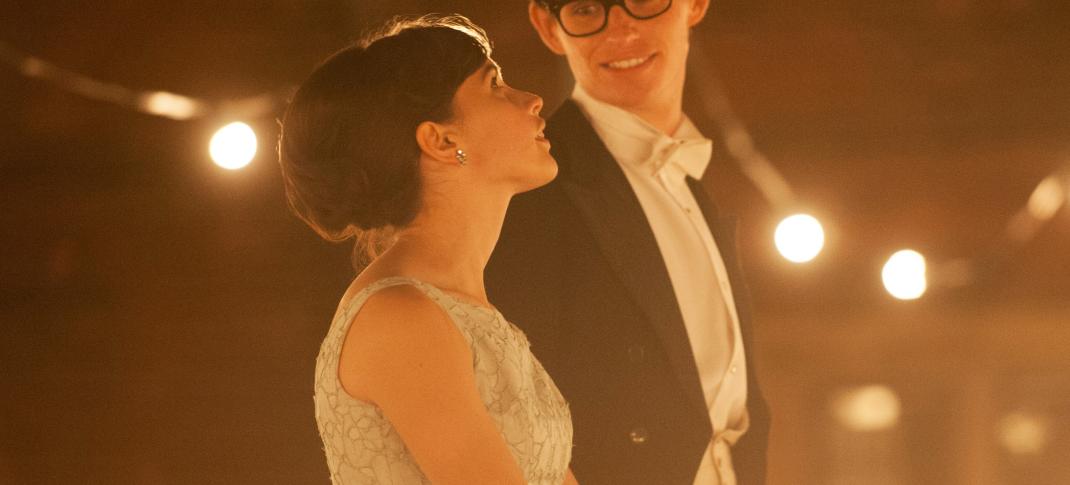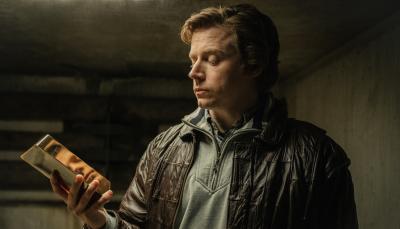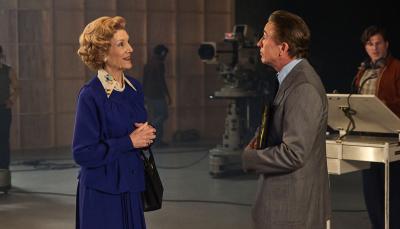British True Love Stories

TTOE_D04_01827.NEF
UNIVERSAL PICTURES INTERNATIONAL
It’s the time of year when that possibly well-intentioned imp Cupid starts flying around, shooting unsuspecting people with his projectiles of infatuation; thus the obligatory Valentine-themed post.
This year I decided to focus on real life couples from British film. These examples come from different times in history, nevertheless each pair loved intensely, honestly and often in forbidden circumstances. Keep in mind that as dramatizations, their stories have undergone some degree of artistic license. And finally beware utter disappointment and tragic endings! These are not Richard Curtis rom-com, happily-ever-after stories.
Becoming Jane (2007)
Period: 1790’s Hampshire
Couple: Jane Austen (Anne Hathaway) and Tom Lefroy (James McAvoy)
Level of Accuracy: Austen did meet Lefroy who was visiting relatives in Hampshire while on a break from his legal studies in London. According to correspondence from Austen to her sister, she and Lefroy danced and enjoyed each other's company at three holiday parties. Scholars surmise that Jane was far more interested in Tom than he was in her. In fact, he may have had serious plans to marry another woman before he even met the now famous author. Still I like to think it happened this way instead.
Impediment to happiness: Money. Jane doesn’t have any and Judge Langlois, Tom’s influential uncle, will ruin his law career if he marries her, thus making it impossible to support his parents and siblings.
Bright Star (2009)
Period: 1818 Hampstead
Couple: John Keats (Ben Whishaw) and Fanny Brawne (Abbie Cornish)
Level of Accuracy: The movie was inspired by Andrew Motion's biography of Keats. Motion also served as a script consultant on the film and some of the dialogue actually comes from letters Keats wrote to Brawne though none of her letters to Keats survived.
Impediment to happiness: Initially money as Keats, at the beginning of the relationship, has “no living and no income.” In the end, it is illness that tragically ends the love affair of the poet and his own bright star.
The Invisible Woman (2013)
Period: 1850’s- 1870 London
Couple: Charles Dickens (Ralph Fiennes) and Nelly Ternan (Felicity Jones)
Level of Accuracy: The film is based on a book called The Invisible Woman by biographer and journalist Claire Tomalin. Fiennes (who also directed the film) and Abi Morgan, the screenwriter, often met with the author for guidance. The screenplay is structured around a series of pivotal events described in Tomalin's book, which she felt defined their affair.
Impediment to happiness: Dickens’ marriage to wife Catherine. While the writer did separate from Mrs. Dickens in 1858 to be with Nelly, divorce was still unthinkable. The couple spent the rest of Charles’ life living together, albeit under the radar, due to the scandal his fame would draw.
Mrs. Brown (1997)
Period: 1860’s -1880’s Great Britain
Couple: Queen Victoria (Judi Dench) and John Brown (Billy Connolly)
Level of Accuracy: According to several articles in The Guardian and The Telegraph, it’s possible this film actually played down the rumored romantic and physical relationship between Brown and the Queen after Prince Albert’s death. In fact in 2003 it was reported that newly published diaries of Victorian-era politician Lewis Harcourt “claim that the Rev. Norman Macleod, the Queen's chaplain, made a death-bed confession that he had married the couple and regretted it for the rest of his life.” Mrs. Brown, indeed.
Impediment to happiness: Class differences. If Victoria and John Brown did marry, which is still not absolutely proven, it would have to have been kept secret due to her exalted position and his station as a lowly servant.
Shadowlands (1993)
Period: 1950’s Oxford
Couple: C.S. Lewis (Anthony Hopkins) and Joy Davidman Grehsam (Debra Winger)
Level of Accuracy: The movie was adapted by William Nicholson from his own play, which is loosely based on biographical facts about Gresham and Lewis. Nicholson admits, "I have used parts of their story, not used other parts and imagined the rest. No one knows exactly how and why they fell in love."
Impediment to happiness: Joy's cancer diagnosis jolted Lewis into awareness of his deep love for his wife. In the end, however, the illness ended her life as well.
The Theory of Everything (2014)
Period: 1960’s to current day Cambridge
Couple: Stephen Hawking (Eddie Redmayne) and Jane Wilde Hawking (Felicity Jones)
Level of Accuracy: The film is based on Jane Hawking's memoir Travelling to Infinity: My Life with Stephen. However it’s been suggested that a substantial rearranging of the facts occurred in the transfer from page to screen. Considering both parties in this relationship are still alive to refute the discrepancies, we can only assume changes were made to build the drama and make a more compelling love story.
Impediments to happiness: Stephen’s chronic illness and caretaking needs are a given, but Jane also endured the strain of living in the shadow of a genius while trying to preserve her own identity as well. The Hawkings’ marriage eventually ended in divorce.
Here’s wishing you all a Valentine’s Day full of flirtation, infatuation, admiration and adoration and as few impediments to happiness as possible!



